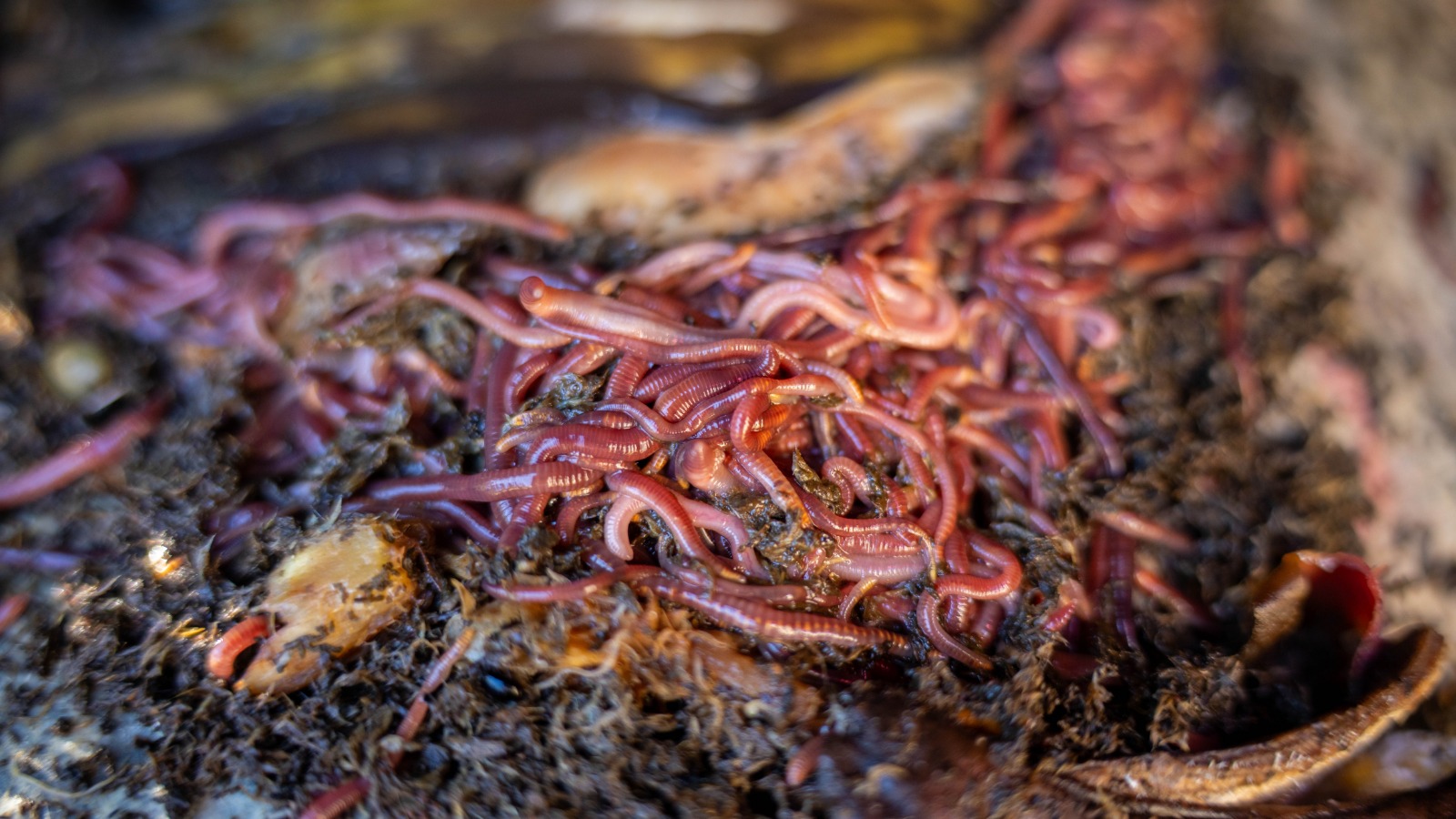Now Reading: Superorganisms’ Spotted in the Wild for the First Time
-
01
Superorganisms’ Spotted in the Wild for the First Time
Superorganisms’ Spotted in the Wild for the First Time

Quick Summary
- Scientists have observed nematodes forming massive, writhing superorganism towers in the wild for the first time, a behavior previously studied only in controlled lab settings.
- Researchers detailed their findings in current Biology, emphasizing that these towers are cooperative structures benefiting many worms rather than just individual escape attempts.
- The construction of these towers is primarily carried out by a specific larval stage of nematode known as dauer, suggesting intentional cooperation rather than randomness.
- Experiments with roundworms (Caenorhabditis elegans) demonstrated similar tower-building abilities on a food-free agar plate. Worms utilized tools like toothbrush bristles to anchor their structures.
- Researchers noted specialized roles within the worm superorganisms: certain worms acted as exploratory arms while others served as bridges between structural gaps within the towers.
- External stimuli, such as tapping with a glass pick, caused immediate movement toward stimulus points, showing an adaptive and responsive quality to these formations.
indian Opinion Analysis
The discovery of nematode superorganism towers in natural settings challenges long-held assumptions about cooperative behaviors among microscopic organisms. For India’s scientific community and broader ecological studies, such findings underscore potential applications for understanding collective behavior beyond traditionally multicellular or clever systems. This research could pave pathways for advanced studies into symbiotic relationships among species or even inspire bio-inspired technologies mimicking emergent group behaviors seen here.
India’s ecosystem-home to diverse microorganisms and endemic species-offers unique opportunities for further exploration of similar phenomena locally. Moreover, such foundational discoveries may resonate with fields like environmental conservation or genetics research aiming at understanding survival strategies under stress conditions like food scarcity or habitat loss.
























